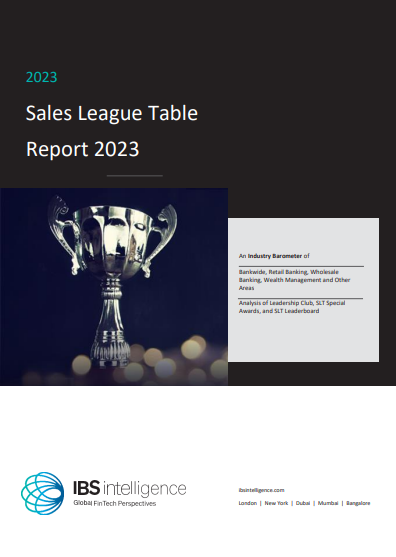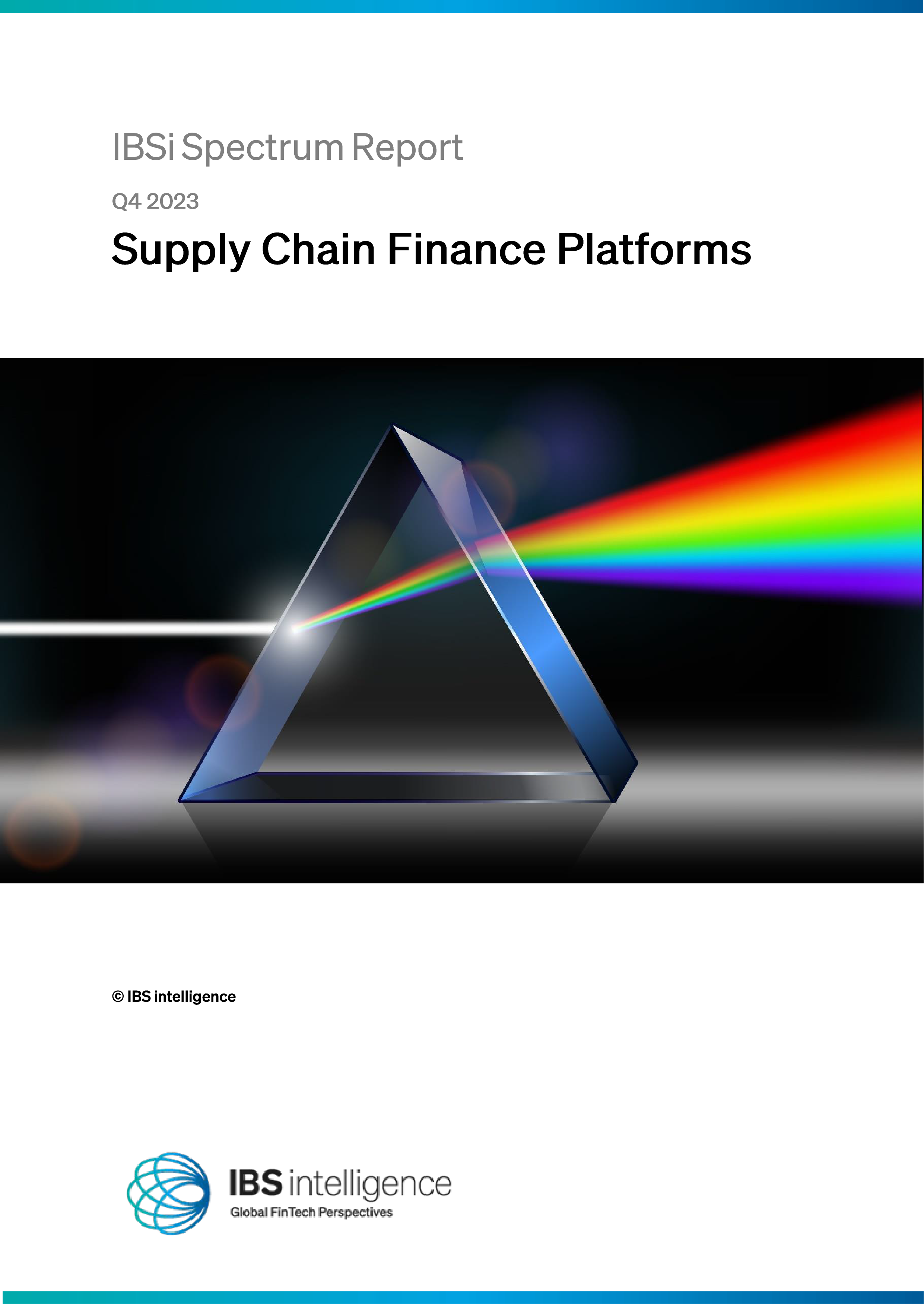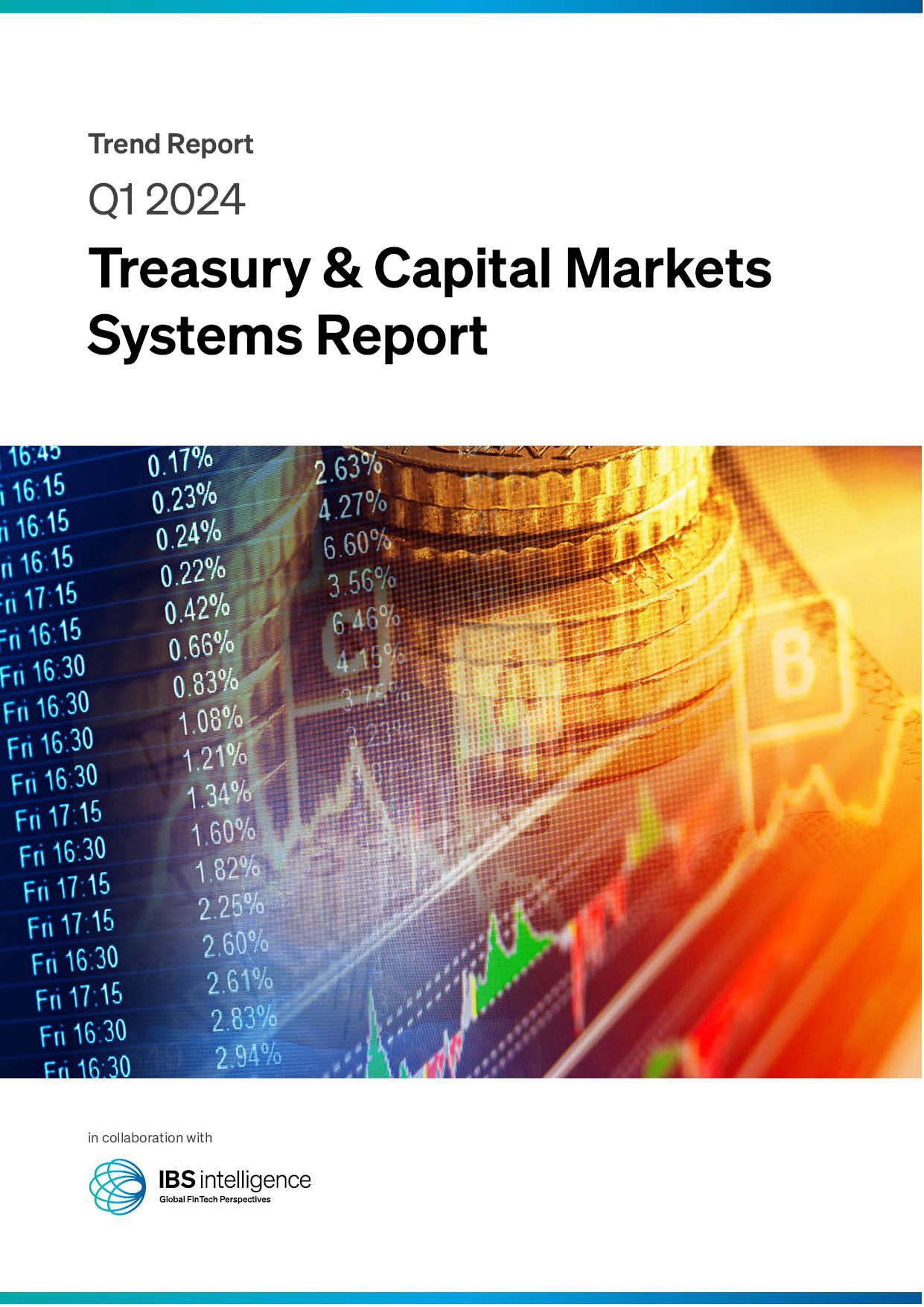 Back
Back
Five tips to boost a bank’s commercial card offering
 In this article, Fraedom chief commercial officer Henry Pooley shares his top five tips to help banks get more value from their commercial card programme.
In this article, Fraedom chief commercial officer Henry Pooley shares his top five tips to help banks get more value from their commercial card programme.
1. Embrace Client data
If banks are going to begin to capitalize on opportunities within the fast-growing commercial banking sector, they must begin to achieve a fuller understanding and more comprehensive insight into their clients’ purchasing patterns and trends.
Client data is a tool that cannot afford to be underutilised, it allows banks to monitor parameters such as ‘Average Transaction Value’ (ATV) and ‘Spend Per Account’ (SPA), allowing them effectively to create an in-depth ‘DNA’ of each client. In turn, this enables them to identify potential commercial card opportunities and ultimately maximise the return on investment they can extract and solve any underlying issues such as high delinquency rates.
2. Simplify the payment process
By making the commercial card payment process easier and offering added value such as improvements to working capital, banks can strengthen the hand of the CFO by allowing them to clearly see the true benefits of using this method of payment – which will increase expenditure flows
Issuing banks must realise that by enhancing the technology used to support these schemes both from the end user and back end perspectives, they can help to drive up revenues.
Currently, many banks are falling short in this respect. Even larger institutions that may have commercial card programmes worth billions of pounds annually, often do not have any systems in place to analyse overall spend per account.
3. Transparency
Transparency is always highly valued, yet remains rare in the world of commercial finance. CFOs struggle to manage the constant stream of time consuming reporting techniques from different sources.
Issuers that can clearly highlight and track spending so CFOs can see at-a-glance where spend is happening, identify trends and dial up or down approval controls help deliver transparency and trust where it is most required. Payments automation and the ability to capture all spend types, not just card-based, makes financial tracking easier and more efficient, finding sources of non-compliant spend (leakage) and enabling financial directors to act quickly.
Even beyond this focus on the brand, banks have the potential to leverage enhanced technology to underpin their commercial card offerings and to use that to drive critically important customer analytics
4. Track the key metrics
Spend per account, average transaction value, operational costs and profitability are all key metrics for a bank to track to improve card delivery and performance in this area while also enhancing client engagement.
A higher SPA is likely to mean improved profitability and ROI for the issuer, greater client satisfaction with the product and better client references. Higher average transaction value (ATV) scores generally result in greater profitability for the issuer. Moreover, tracking operational costs help identify controllable costs which can be rapidly minimised without impacting service levels while monitoring profitability helps to pinpoint immediate opportunities to extend the surplus of revenue over costs.
Added to this, the technology also offers the opportunity to track further metrics from delinquency rates which if kept low offer the potential to increase issuer profitability and end user ROI to client retention which if kept high will substantially reduce costs.
5. Customers love a great experience
While technology might not be a direct selling point for any client or commercial card issuer, the associated benefits from delivering convenience, analytics, speed and efficiency cannot be underestimated.
Great experiences are as important in the B2B environment as they are in B2C sectors. If a product is easy to use and provides added value, customers are far less tempted by change. Card owners see their costs of client acquisition fall and lifetime value increase. Payments technology can deliver strong revenue growth for issuers, even within the context of budgetary constraints.
IBSi News
- Daily insightful Financial Technology news analysis
- Weekly snapshots of industry deals, events & insights
- Weekly global FinTech case study
- Chart of the Week curated by IBSi’s Research Team
- Monthly issues of the iconic IBSi FinTech Journal
- Exclusive invitation to a flagship IBSi on-ground event of your choice
IBSi FinTech Journal

- Most trusted FinTech journal since 1991
- Digital monthly issue
- 60+ pages of research, analysis, interviews, opinions, and rankings
- Global coverage
Other Related Blogs
April 18, 2024
From experimentation to business value: four ways GenAI can transform financial services
Read MoreRelated Reports

Sales League Table Report 2023
Know More
Global Digital Banking Vendor & Landscape Report Q1 2024
Know More
Wealth Management & Private Banking Systems Report Q1 2024
Know More
IBSi Spectrum Report: Supply Chain Finance Platforms Q4 2023
Know More

